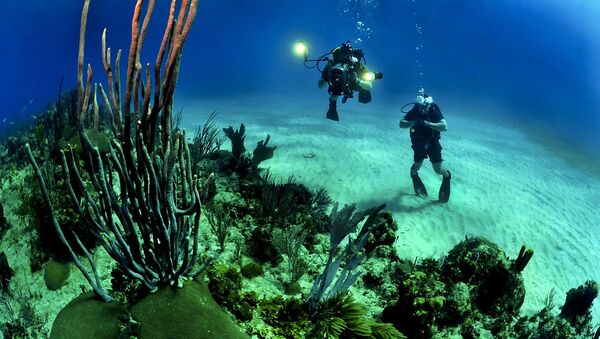Dr. Roi Granot, of Ben-Gurion University of the Negev, published findings on Monday on the Nature Geoscience website, suggesting that the Mediterranean Sea could be some 140 million years older than previously thought, making it the oldest seabed on Earth.
The compact formation typically seen in an oceanic crust is a result of extraordinary density, causing the layer to rapidly return to the Earth’s mantle in areas where tectonic plates meet. This process of "rapid recycling" is why much of the planet’s oceanic crust has been found to be less than 200 million years old. But Granot’s research indicates that the crust of the Herodotus Basin could be far older.
The Herodotus Basin is covered in thick sediment, making it difficult to get a precise reading on how old the crust is, or even if it is oceanic. Granot analyzed the structure using magnetic data, finding rocks distinguishable by magnetic elements, a telltale marker of a mid-ocean-ridge-formed oceanic crust.
The findings are significant as, when hot magma flowing within or beneath the planet’s crust cools, the newly formed rock contains magnetic minerals that align with the Earth’s magnetic field. As time passes the orientation shift is locked in the ocean floor, leaving a kind of "barcode" that serves as a timestamp for the crust’s formation, according to Granot.
By analyzing and identifying distorted magnetic patterns in sediment beneath the Herodotus Basin, the geologist has posited that the oceanic crust could be as much as 340 million years old. He suggested that the basin could be the remains of the Tethys Ocean, a body that existed prior to the Atlantic and Indian Oceans. If he is correct, the area is much older than previously thought.
Granot was supported by the European Union Seventh Framework Program and the Israel Science Foundation and was funded by the Science, Technology and Space Ministry.



